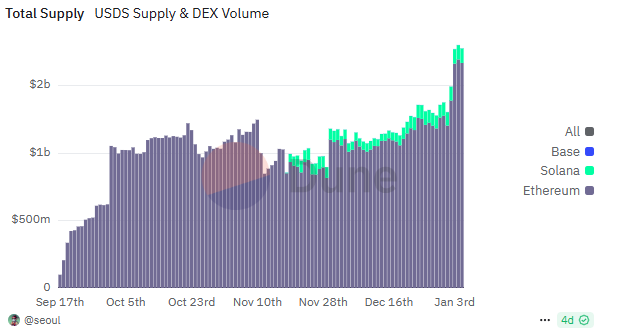Researchers have discovered that waste from the global apparel industry is leaking millions of tons of plastic into the environment each year and may be getting worse over time.
We don’t often think of our clothing as plastic, but much of it is. Polyester, nylon, acrylic, and other synthetic fibers are commonplace in the blended fabrics we wear every day. As a result, textiles have become an overlooked source of plastic pollution.
The new findings are detailed in a recent study in Nature Communications, which found that global apparel consumption resulted in over 20 million tons of plastic waste in 2019.
Around 40% of that waste may have been improperly managed and become environmental pollution, a process known as “plastic leakage.”
“I knew from my previous research that the apparel industry is a major consumer of synthetic polymers, aka plastics, but I was taken aback by how much synthetic apparel waste ends up in the natural environment,” says coauthor Roland Geyer, a professor at University of California, Santa Barbara’s Bren School of Environmental Science & Management.
In the study, textile waste was divided between two sources: clothing made from synthetic materials and clothing made from cotton and other natural fibers. The researchers looked at plastic waste generated across an apparel product’s “value chain,” which refers to the entire lifecycle of a product—including not only the piece of apparel itself, but the plastics used to wrap it, for example.
“We analyzed data on imports, exports, and apparel production in countries all over the world,” says coauthor Richard Venditti, a professor of paper science and engineering at North Carolina State University.
“Then we compared that to existing global information on different stages of the apparel value chain to estimate how much plastic leaks into the environment at each of those points.
“Plastic leakage from the apparel industry is completely dominated by synthetic clothes reaching the end of their useful lives and not being disposed of in a responsible manner,” Geyer says.
“There is also waste from manufacturing, packaging, and even from tire abrasion during transport,” Venditti adds, “as well as microplastics which get pulled into the water when we wash our clothes.”
The researchers found that synthetic apparel was by far the largest source of plastic waste. The synthetic value chain accounted for 18 million tons of waste in 2019, making up 89% of all plastic waste from the global apparel industry that year. Of that, the researchers estimated that around 8.3 million tons may have leaked into the environment.
Meanwhile, cotton clothing accounted for 1.9 million tons of plastic waste, with the final 0.31 million tons coming from fibers other than synthetic textiles or cotton. As opposed to the end-of-life plastic waste created by discarded synthetic apparel, plastic waste from cotton and other fibers came almost entirely from the plastic used in packaging.
Where apparel was sold didn’t necessarily match where plastic waste ended up, according to the researchers. For clothing originally sold in high-income countries, like the United States and Japan, most of the resulting pollution happened in lower-income countries where these pieces of clothing might be sold in the secondary market.
This finding points to a major concern with how people in higher-income countries consume apparel.
“The economic and environmental burden of unsustainable apparel falls disproportionately upon the developing economies of the world,” Geyer says.
“What we’re seeing is that in countries like the United States, we have a ‘fast fashion’ culture where we buy a lot of clothes and don’t keep them for very long,” Venditti says. Discarded clothes either go into landfills or end up in thrift stores.
“Some of the clothes that go to these stores are sold in the US, but often they end up going to other countries that do not have waste management systems robust enough to handle that kind of volume. That is where you end up with a large amount of plastic leaking into the environment.”
The study concludes that significant changes in the apparel sector need to be made to move the industry toward a more circular framework, where materials are recycled and do not become waste. The study also recommends increasing the use of renewable, non-synthetic textiles.
Geyer is currently studying the relationship between social and environmental sustainability of the apparel industry.
Source: UC Santa Barbara







Leave a Comment